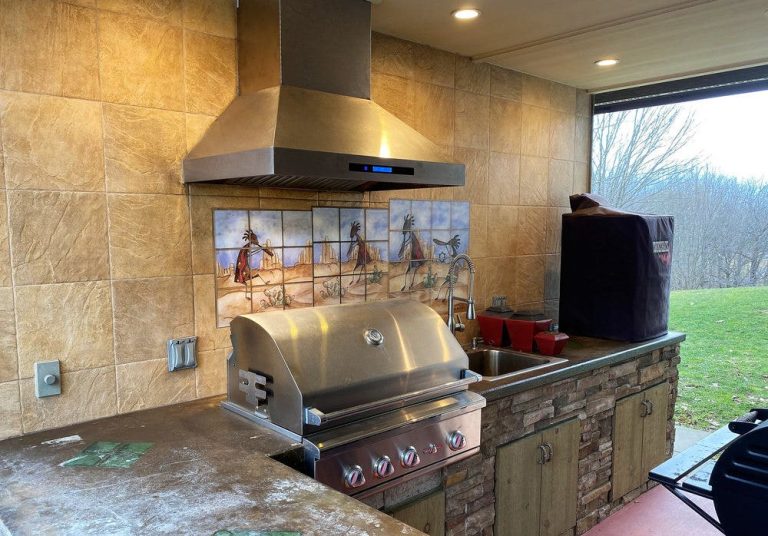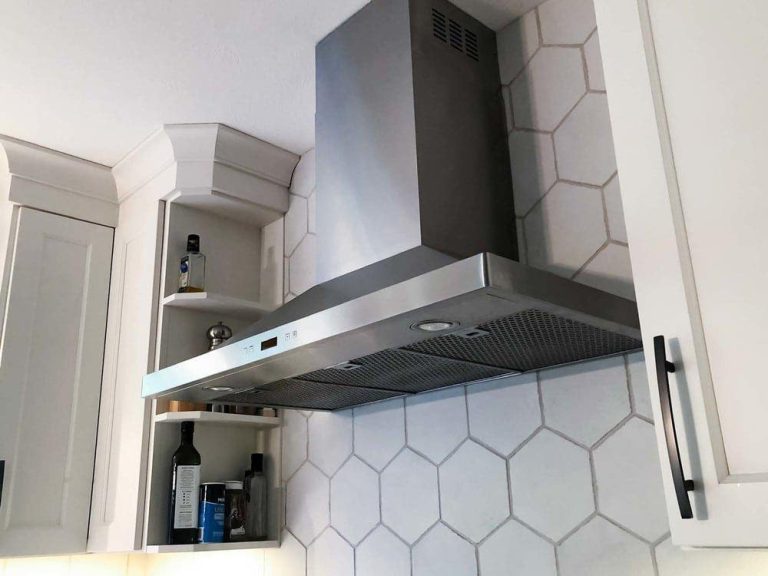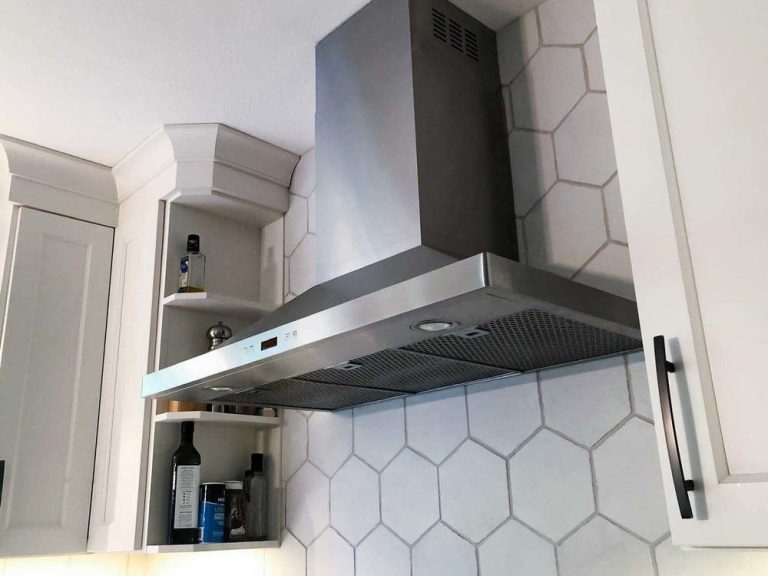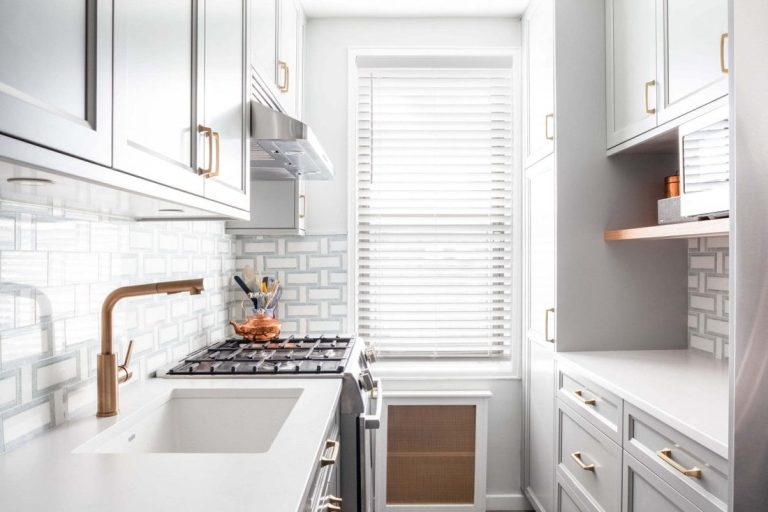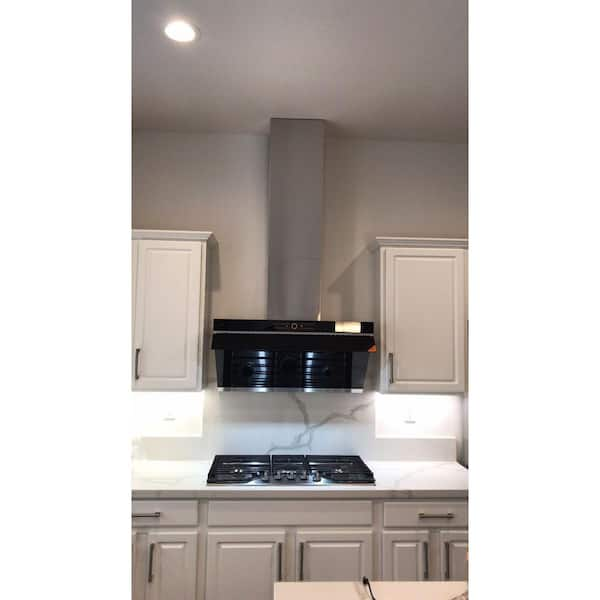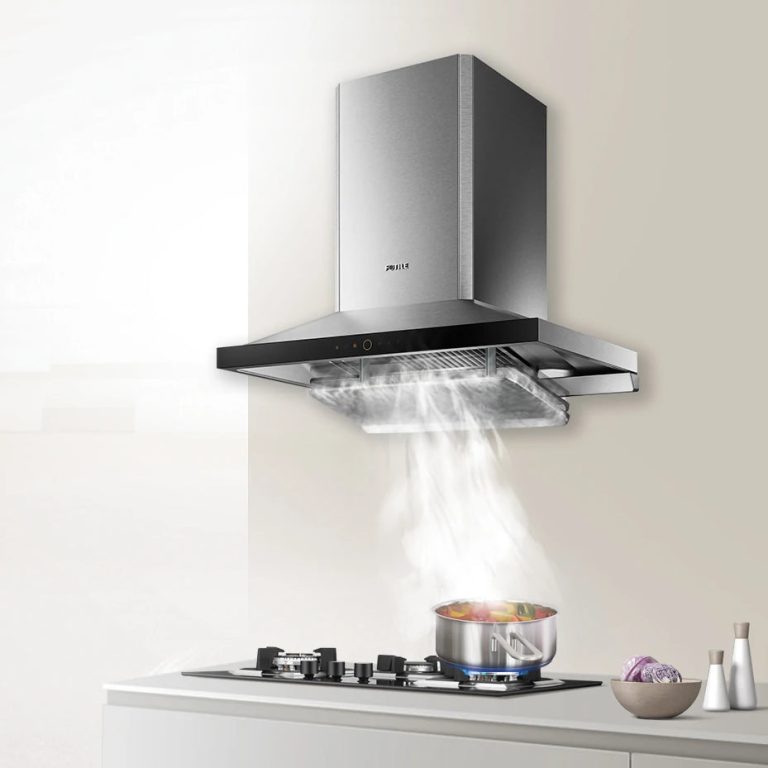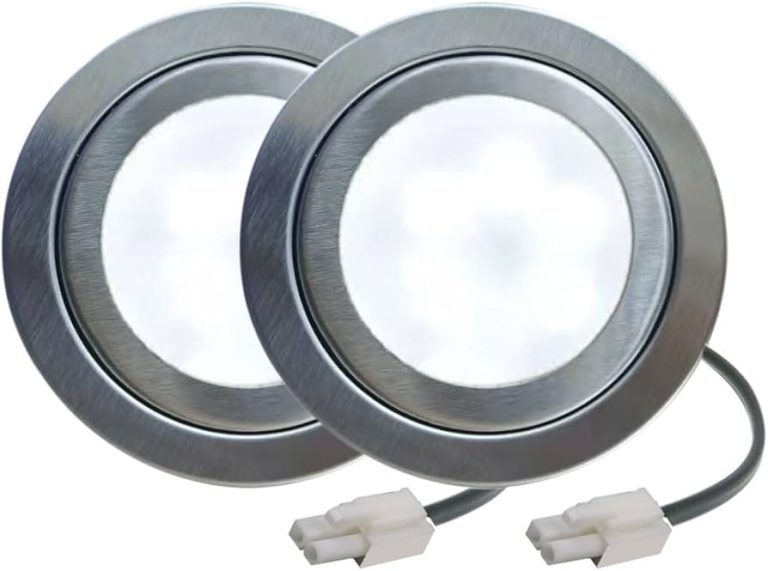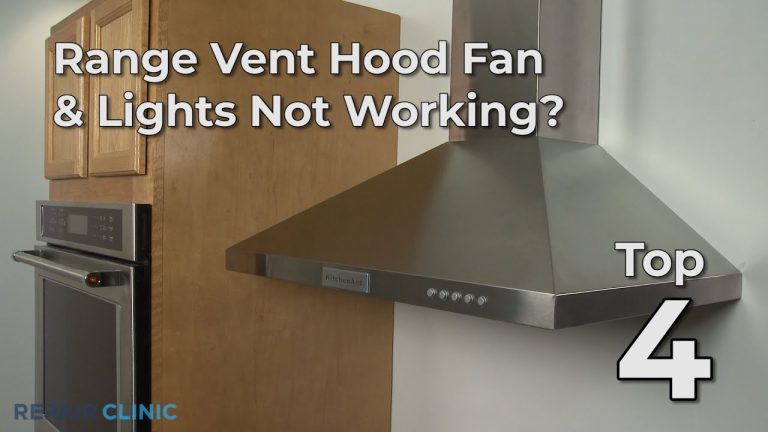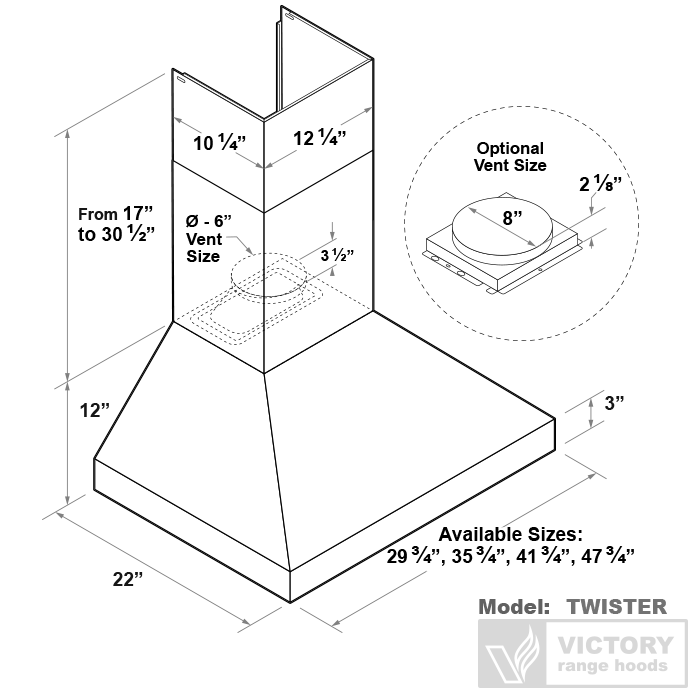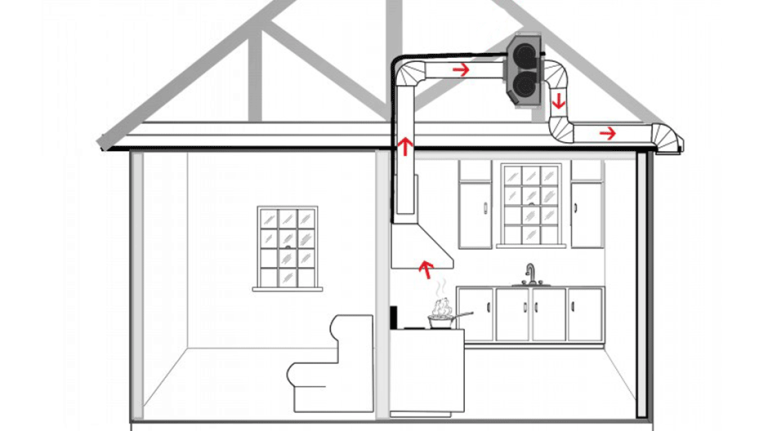Is a Range Hood Required by Code? Essential Regulations Uncovered
A range hood is not universally required by code, but local building codes may mandate it. Always check your local regulations for specifics. Range hoods play a crucial role in maintaining kitchen air quality. They help eliminate smoke, odors, and grease particles, ensuring a healthier cooking environment. While not always required by code, installing a…
